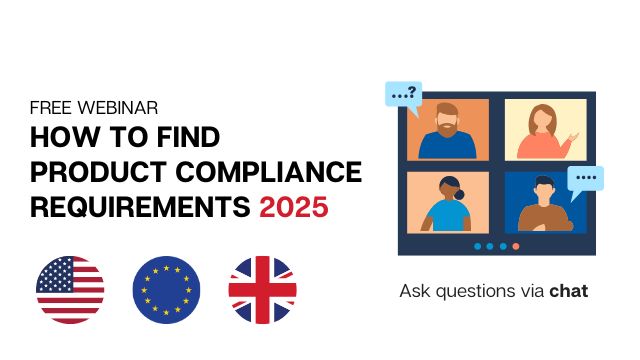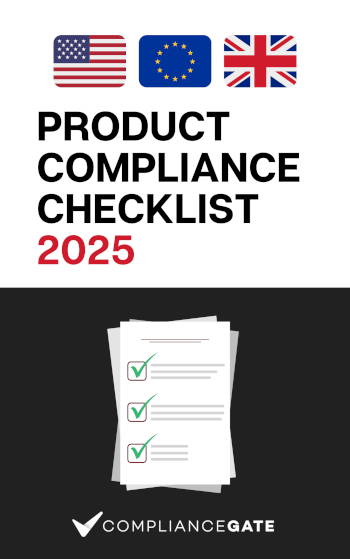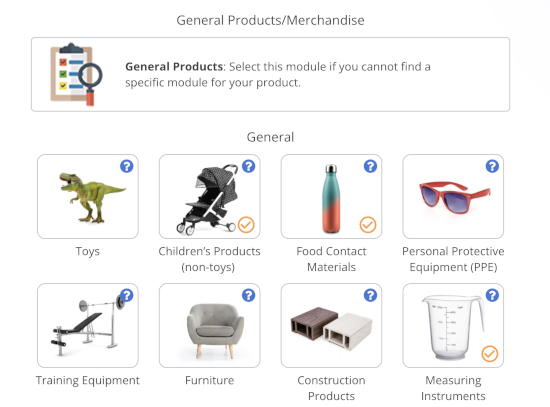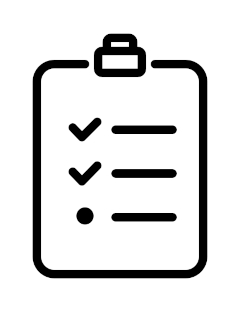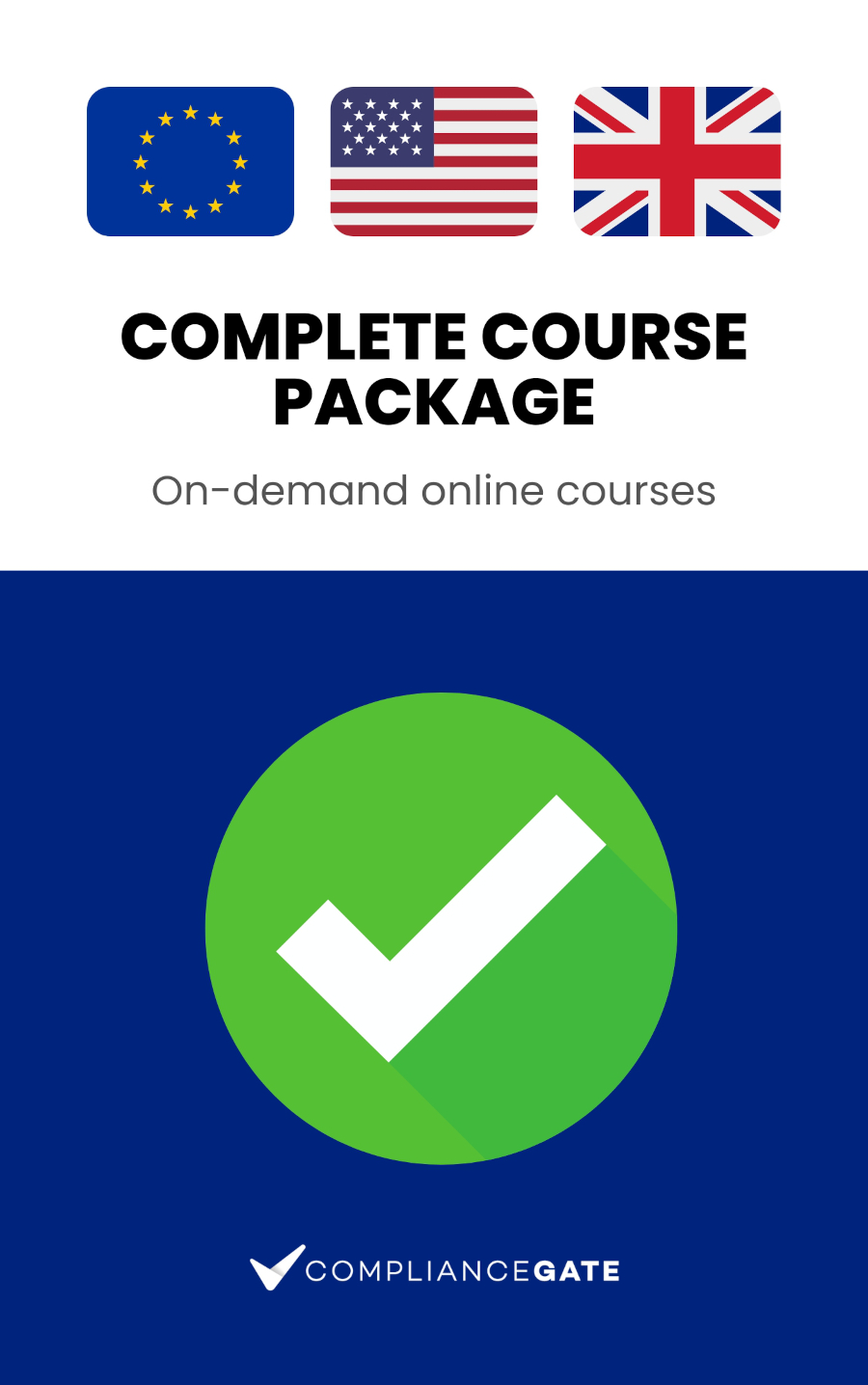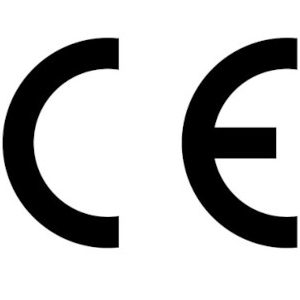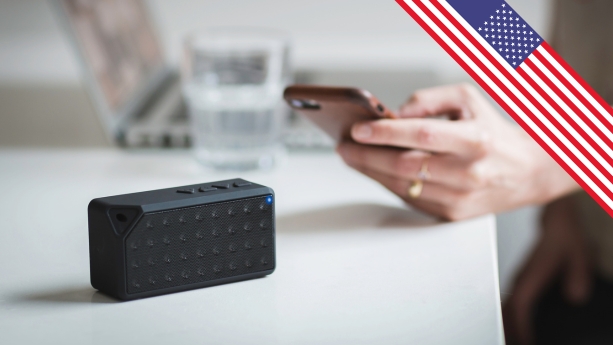Certain electronic products imported or manufactured in the United States must undergo a Supplier’s Declaration of Conformity (SDoC) procedure, which also requires a compliance information statement.
The SDoC procedure covers most unintentional radiators. That is, products that do not have Bluetooth, Wi-Fi, or other wireless functions. In this guide, we address frequently asked questions regarding the SDoC procedure, the SDoC compliance information statement, and other related topics.
Continue reading FCC 47 CFR Part 15 Supplier’s Declaration of Conformity (SDoC): A Practical Guide

